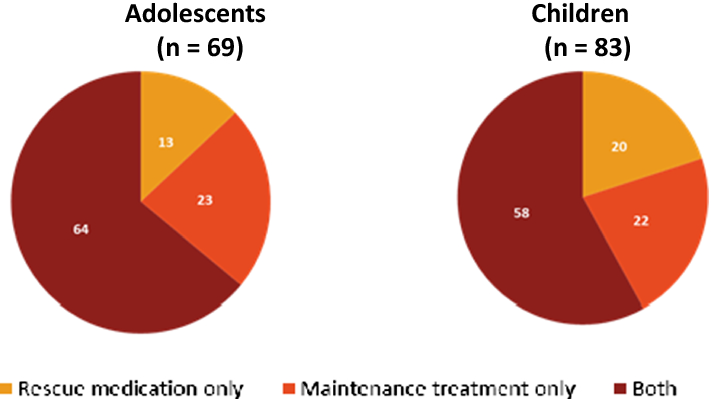Programma Antares 83 I Klyuch

Georgia product Anthony Edwards is staying at home, committing to the Bulldogs and becoming the first five-star recruit in the basketball program's history. Jun 7, 2012 - 14 Nov 2018 - 01:11 GMT. 265ERHRTJHTR RHEH.
About Get an overview of what the European Central Bank does and how it operates. • • • • • • • • • • • • • • • • • • • • • • • • • • • • • • • • • • • • • • • • • • • • • • • • • • • • • • • • • • • • • • • • • • • • • • • • • • • • • • • • • • • • • • • • • • • • • • • • • • • • • • • • • • • • • • • • • • • • • • • • • • • • • • • • • • • • • • • • • • • • • • • • • • • • • • • • • • • • • • • • • • • • • • • • • • • • • • • • • • • • • • • • • • • • • • • • • • • • • • • • • • • • • • • • • •.
Why The Science Doesn’t Really Matter Anthropogenic climate change is real, and presents a significant threat to the future prosperity of mankind; or global warming is a myth, and moving away from fossil fuels will cost us a lot of money needlessly. Nfs most wanted save game with all blacklist cars. The debate on whether anthropogenic climate change is real or not is in fact largely irrelevant in the context of whether action should be taken to significantly reduce global emissions of greenhouse gases. If we accept that we can never know the future with one hundred percent certainty, what really matters is this: what are the risks to humanity if climate change is real and we don’t act, and what are the risks if it isn’t real and we do. An Uncertain World Risk assessment is widely used in decision-making around the world, by a huge variety of organisations in almost every industry and business sector, as a way of managing uncertainty. The fundamental precept is that we can never foresee the future with complete accuracy, but we nonetheless need to make decisions that allow business and society to move ahead. In short, we cannot let ourselves be paralysed into inactivity simply because the future is unknown.
Sound familiar? This is exactly where we are with climate change right now.
Do we move ahead and act, based on what we know now, or do we do nothing and wait until the science is settled and agreed to by all? (Of course the interesting thing about man-made global climate change is that by the time we do know everything for sure, and have managed to convince everyone, it will be far, far too late to do anything about it - climate change is essentially irreversible, in terms of human timescales). How Risk Assessment Works The basic risk assessment process goes like this: first identify the hazard of concern; second estimate a likelihood that the hazard will occur; and finally estimate the consequences that would result. In engineering, for instance, this system is widely used to determine how risks should be managed and what design changes should be made to mitigate risk. Risk mitigation can be achieved either through reducing the probability of occurrence (by changing the design, for instance), or by devising ways of mitigating the consequence (through responsive measures). When designing a bridge, offshore oil platform, or a refinery, engineers consider a red-zone which encompasses risks with catastrophic consequences (death, serious injury, or significant financial cost are typically considered “unacceptable”), even if their probability of occurrence is low. Also in the red zone are risks of high probability and modest consequence.